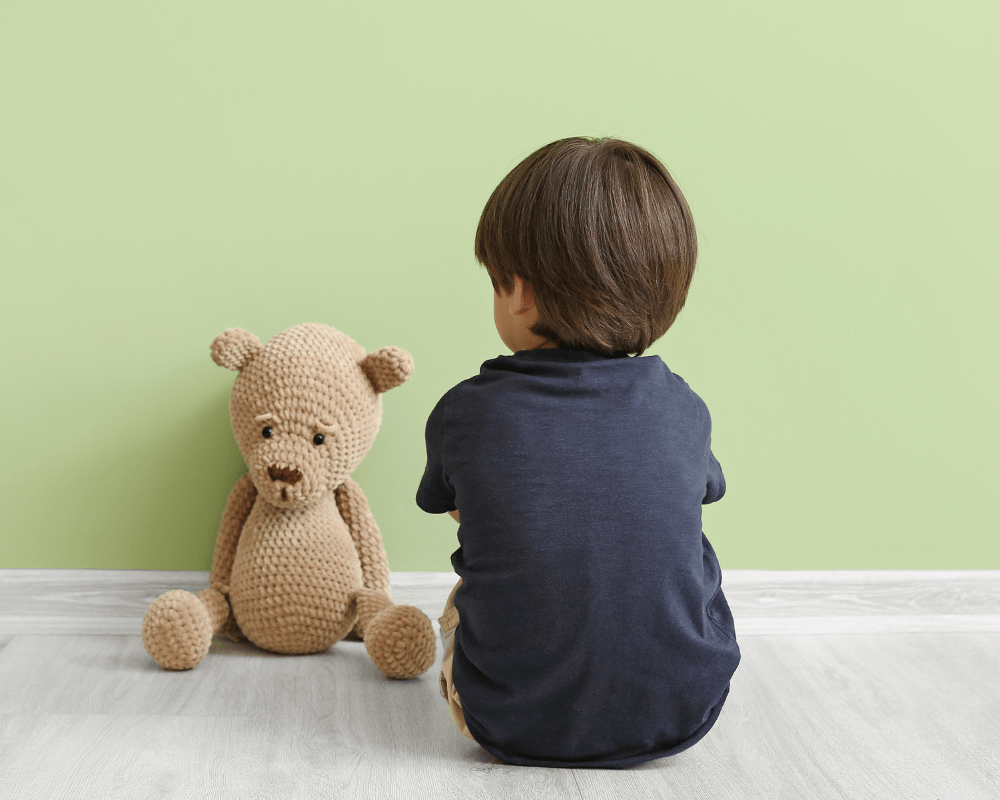Government Debating Child Poverty Strategy

Government Debating Child Poverty Strategy
The childcare and education sector is often all too painfully aware of how poverty impacts children. From poor clothing to malnutrition, to the simple fact that it is simply harder to be a good parent when you are worried about your financial situation. Therefore, it is likely to be welcomed by everyone that the new government has created a child poverty taskforce, aimed at tackling the issue.
Based in the Cabinet Office, and reporting to both Education and Work and Pensions Secretaries, the taskforce has been set the task of exploring what the government’s strategic options are. This is not without controversy. In recent days the new Prime Minister, Kier Starmer, has faced a back-bench rebellion over his policy of retaining the two-child cap on child benefit, introduced by the Conservative government in 2017. Several Labour MPs have been temporally expelled from the party for voting to abolish the cap.
The government argues that the country’s economic situation does not allow them to reverse the policy and that they were elected on a commitment to financial discipline. The purpose of the Taskforce therefore will be to work out what else can be done. However, with some estimates suggesting 300,000 children are living in poverty due to the cap, many think the government will eventually be forced to back track on the issue.
In the longer term though the government hopes the solution will come from breaking down the barriers to parents getting work, and from investments in social security. It is not yet clear what role the childcare sector may have to play in this policy, but given its expertise, not to mention its commitment to delivering a better life for children, we can expect it to play its part.